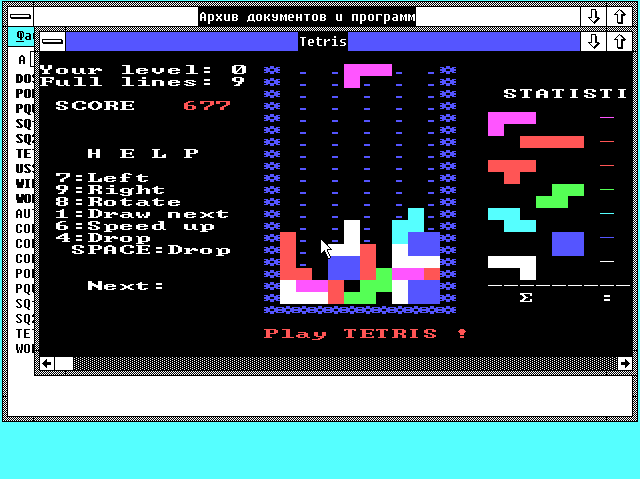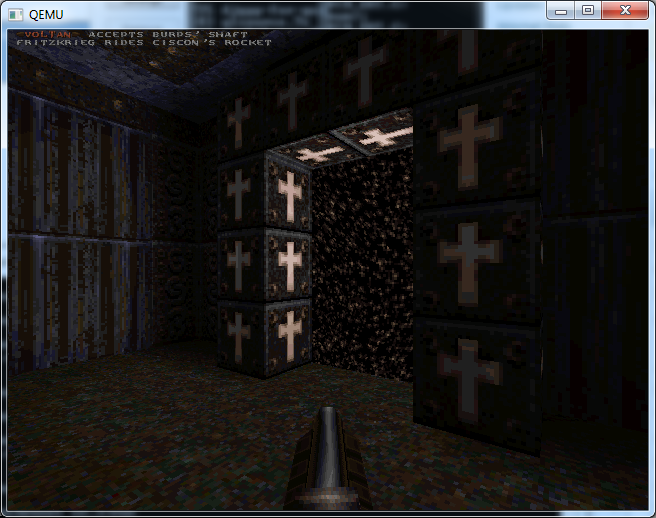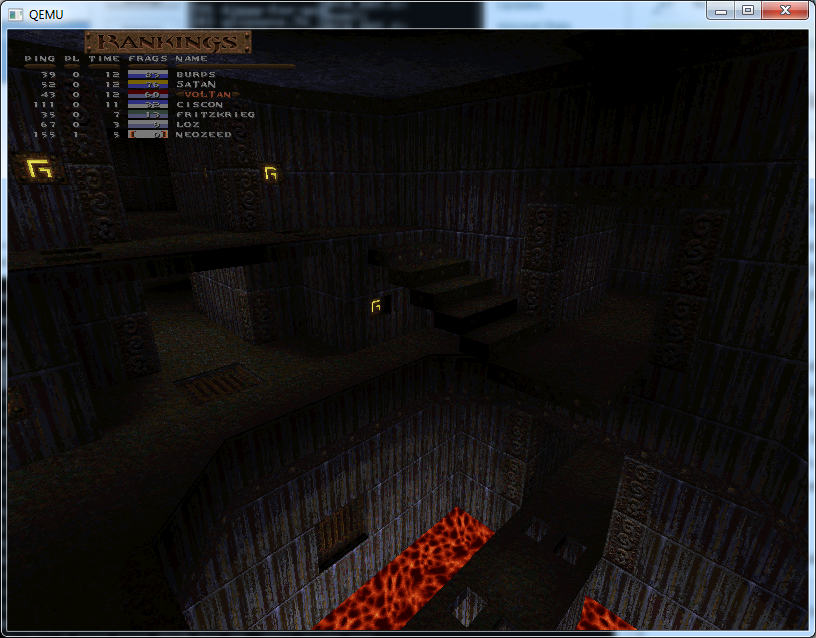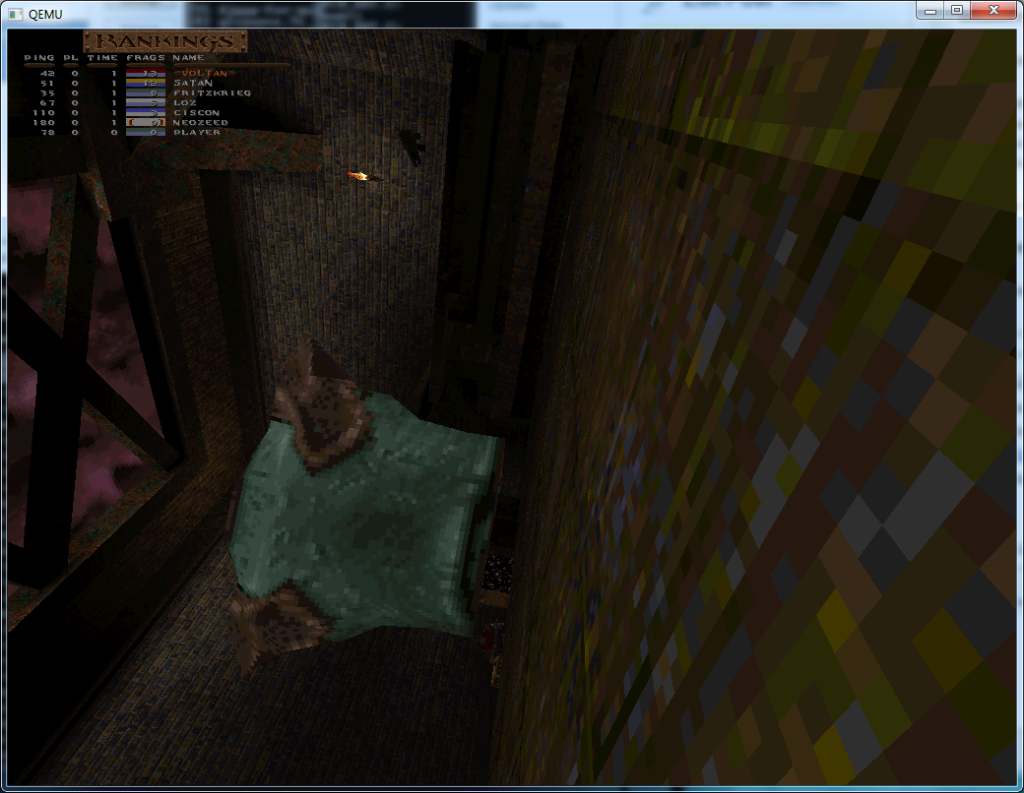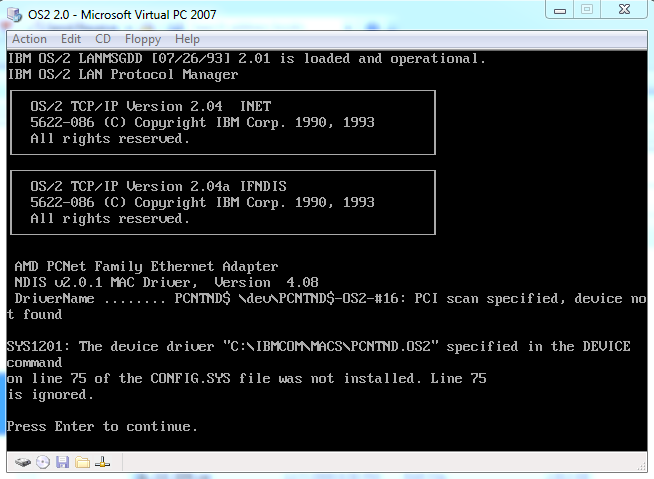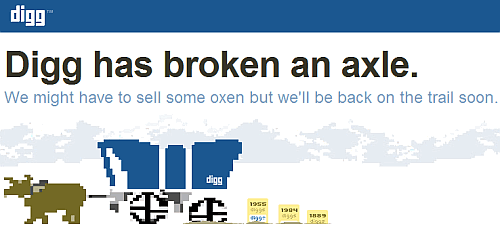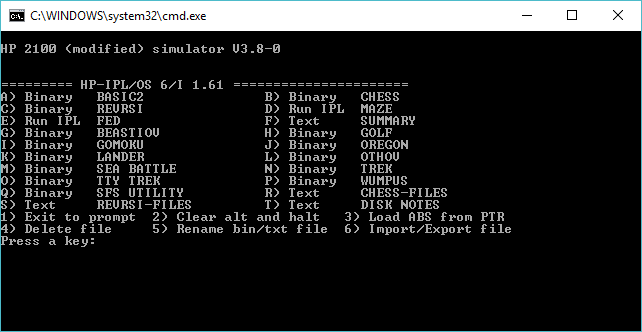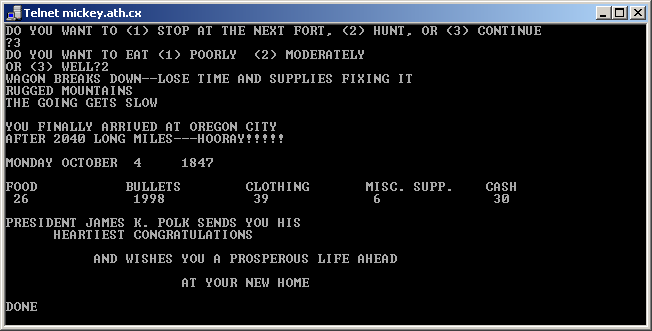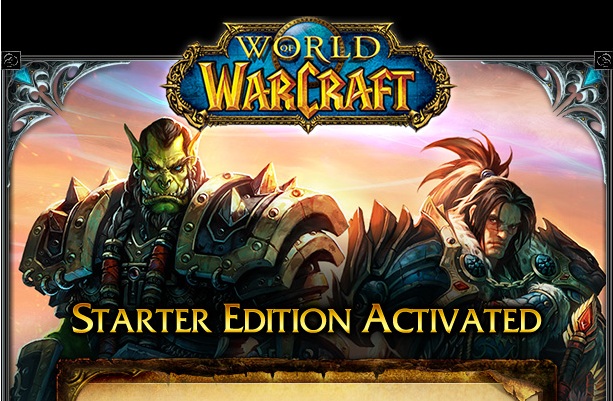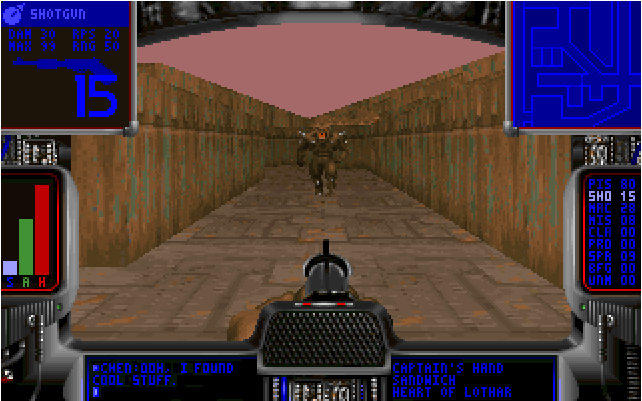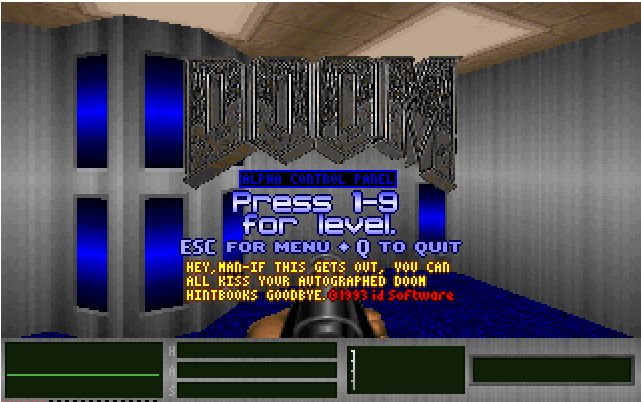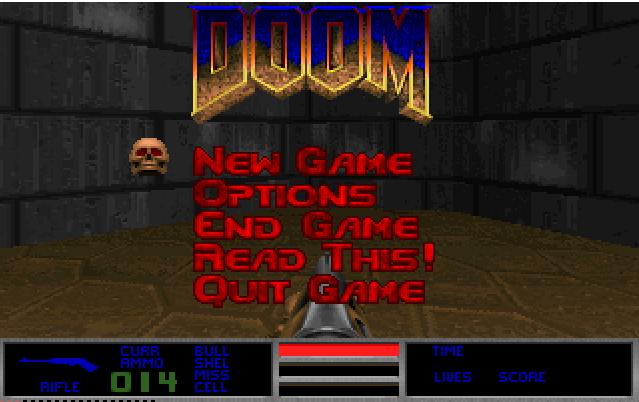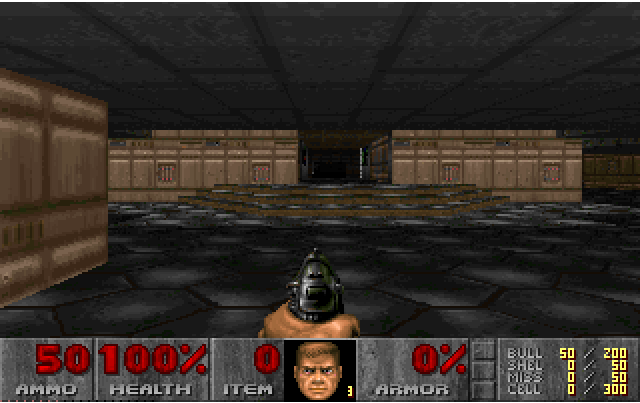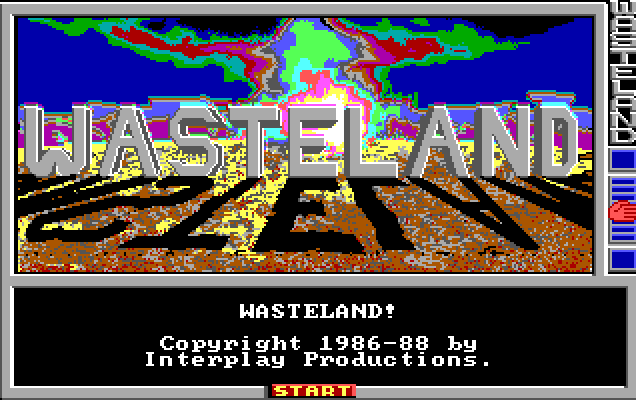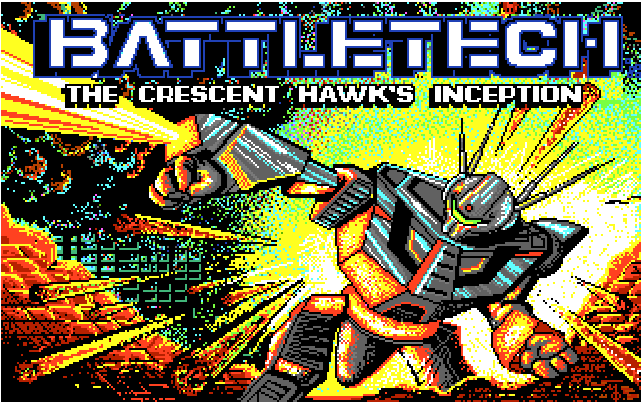Well for some reason I was interested in Tetris (ТетриÑ), and wanted to find an early version.  Looking around I did manage to find some background by Vadim Gerasimov, on the whole origin of Tetris.  What I never realized is that the first version was written for a Soviet PDP-11 clone, then ported to the IBM PC using Turbo Pascal! Or that it was all done in text mode!  The thought at the time is that every PC could run 40 colum mode, and thus would run Tetris.
Along the way I did manage to find some other early Russian artifacts for the IBM PC, namely MS-DOS 4.01 which not only has its own site, but has an excellent view into the history of localizing MS-DOS, and what the culture was like at the time.  There is even a promo video in Russian of course..
And I did come across a ‘Перевод’ of Windows 2.1 done in 1990, but no luck on Windows 3.0 ..  I wonder if they ever had OS/2 1.x ..?  Which speaking of non english versions of OS/2 1.x seem non existent, but I did find reference to there being a release in Japan, but naturally not even a screen shot.. I did find one rather harsh review of Windows/286 2.1 (PуÑÑкий), but seeing as far as I can tell there was no Excel 2 or Word 1 for Windows in Russian it would have been pointless running it back then.. Unless you had the 386 version!
So I figured, I’d mash in as much of the Russian bits into Windows/386, add in Tetris, and include some Amiga MOD files for the music (yes, besides being text based, there was *NO* music in the original tetris!  The Adlib! didn’t exist back then).  I’ve used the excellent 8bitboy to play the music.. You can mute if if you so wish, or skip around to various tracks…
So while not all that ‘authentic’ it’s close enough I think…
Enjoy!

